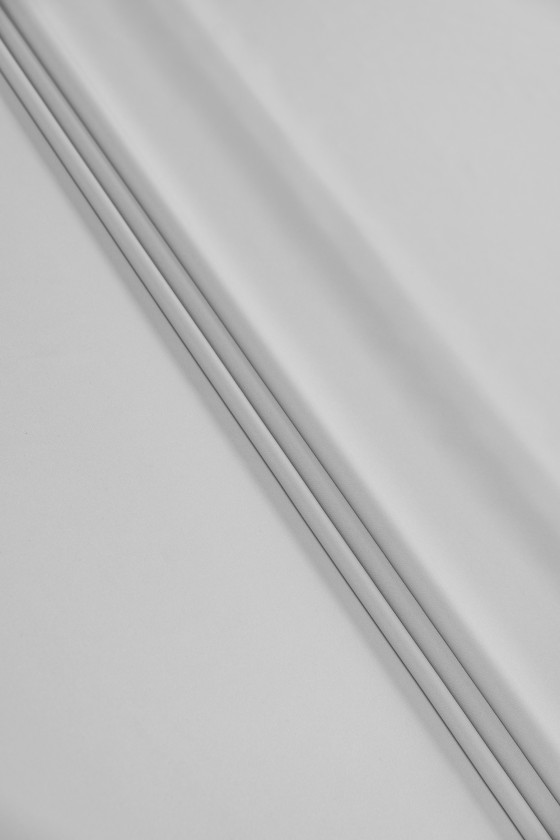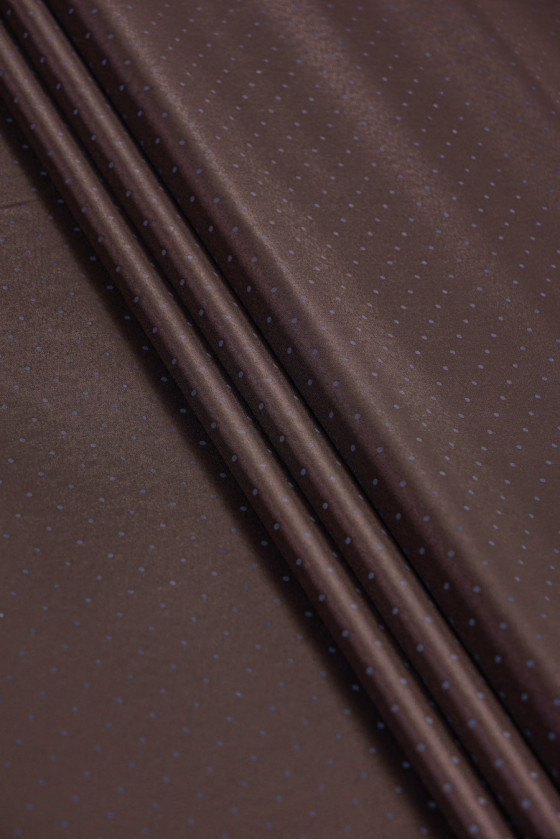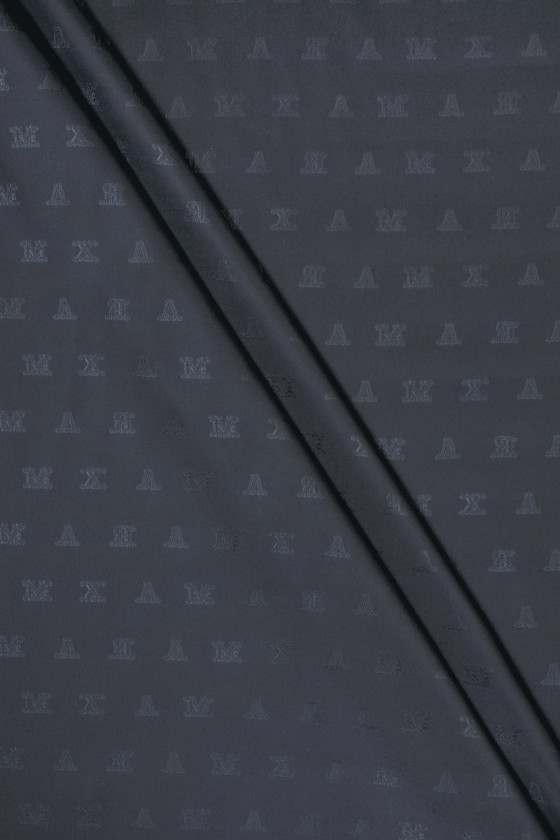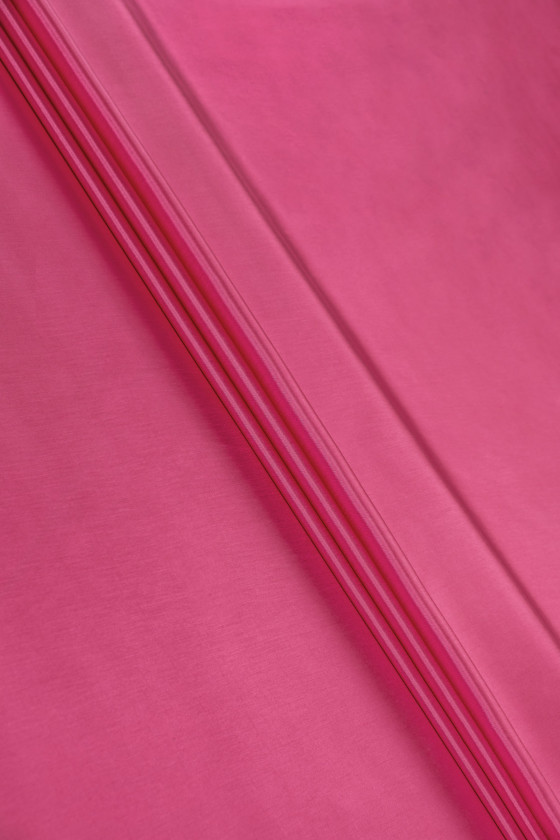- today
- label Tips
- favorite 1 Likes
- remove_red_eye 24050 Visits

Lining is a very important element of clothing, although often underestimated, and contrary to appearances, the choice of fabric for lining is very important. A well-chosen material can work wonders with clothes. Lining is a layer of fabric that is used to finish the inside of clothing. Often it is a separate material that is sewn to the entire surface of clothing. Linings protect clothing from wear, provide comfort when wearing and prevent discoloration. There are different types of linings, such as: polyester, silk, cotton or satin.
Types of linings
Linings come in different types, and each has its own unique properties that affect the performance, comfort and appearance of clothing.
Polyester lining - a commonly used type of lining due to its strength, affordable price and ease of care. It is resistant to creases, stretching and shrinkage, making it a practical choice for everyday clothing.
Silk lining - this type of lining is more luxurious and offers a soft and silky touch on the skin. Silk linings are lightweight and breathable, making them an ideal choice for summer clothing. However, they require extra attention and are more delicate than other types of linings.
Cotton lining - this type of lining is durable, breathable and easy to care for. It is often used in everyday clothing such as denim jackets or summer dresses.
Lining with viscose - viscose is an artificial fiber that imitates the appearance and impression of natural fibers. Viscose linings are soft, comfortable and fall beautifully, making them a great choice for formal clothing.
Satin lining - satin is a smooth and shiny fabric that adds a luxurious touch to clothing. Satin linings are often used in formal clothing such as wedding or evening dresses.
Care
To care for the linings, it is important to check the label with instructions for cleaning and caring for them. Some linings, such as silk or viscose, need dry cleaning, while others are machine washable. Always use a mild detergent and avoid using fabric softeners, as they can damage the lining. To prevent creases, hang the garment on a soft hanger or carefully fold it and store it in a dry and cool place.
How to choose a lining?
The type of lining you choose depends on the type of clothing, your budget and personal preferences. When choosing a lining for sewing a coat or jacket, it is important to pay attention to a few things. First, pay attention to the type of fabric from which your clothing is made. If your clothing is made of wool or cashmere, it is best to choose a lining of silk or polyester. If your coat is made of nylon or polyester, a cotton or satin lining may be a good choice.
It is also important to choose a lining of suitable thickness. Too thin lining may not provide enough protection from the cold, while too thick lining can make clothing uncomfortable to wear. It is best to choose a lining of similar thickness to the fabric itself.
Linings do not need to be used only in coats and jackets. You can also use them in other tailoring projects, such as dresses, skirts, jackets. Choosing the right lining, you can improve the appearance and functionality of your clothes.
Poorly chosen lining material
Here are the effects of poorly chosen material for lining:
Excessive sweating – If the lining does not breathe or does not drain moisture, it can cause excessive sweating, leading to an unpleasant feeling of moisture.
Damage to clothing - Improperly selected lining can cause friction between it. and the outer material of clothing, which leads to damage, abrasion and even tearing.
Lack of flexibility - If the lining is not flexible enough, it can limit freedom of movement
Heat problems – Inadequate lining can cause the body to overheat or cool down if it does not provide adequate thermal insulation.
Allergic skin – Some lining materials can cause skin irritation or allergic reactions, which can lead to unpleasant discomfort or skin diseases.
Bad finish – If the lining is not carefully finished or matched to the color and style of the outer material, this can affect the aesthetics of the garment and make it look bad.
Therefore, it is important to choose the right lining materials that will suit the type of clothing and conditions of use.




